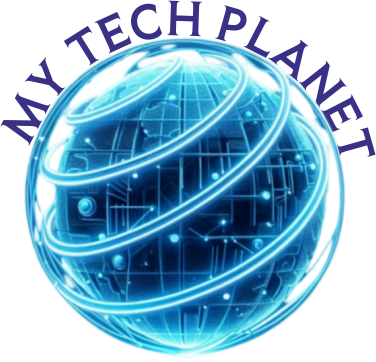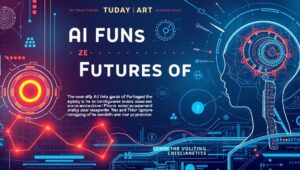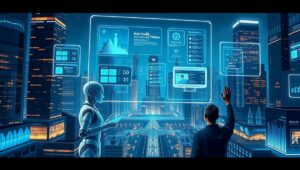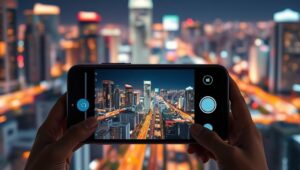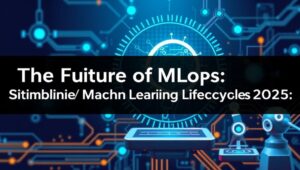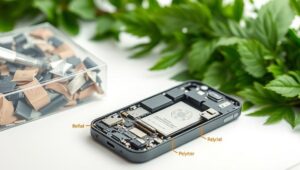Building the Quantum Internet: Challenges and Timelines (2030s)
Building the Quantum Internet: Challenges and Timelines (2030s) The quantum internet, a revolutionary network leveraging the principles of quantum mechanics, promises unparalleled security and computational power. Unlike the classical internet, which transmits information as bits (0s and 1s), the quantum internet uses qubits. Qubits can exist in a superposition, representing 0, 1, or both simultaneously, and entanglement, where two qubits are linked regardless of distance. This allows for secure quantum key distribution (QKD) and distributed quantum computing. While still in its nascent stages, significant progress is being made, and the 2030s are envisioned as a critical period for its development.
